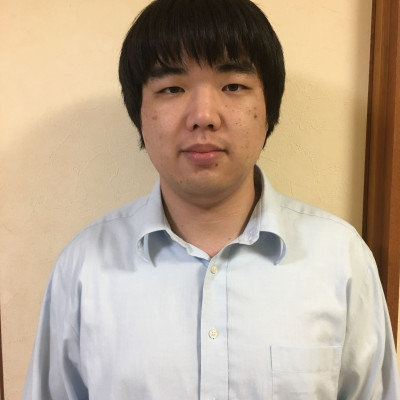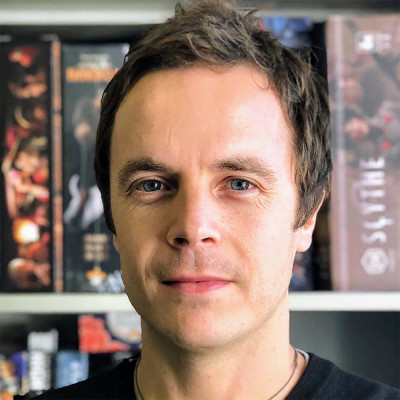Sessions /
The effect of modality on oral task performance in voice, video and VR-based environments
#33
Synchronous computer-mediated communication (SCMC) is a topic of great interest in CALL literature where research has investigated the effectiveness of SCMC compared to traditional face-to-face instruction. However, there are few studies that investigate the intrinsic differences in SCMC modes. At the JALT CALL 2018 conference, we introduced research which assessed the anxiety-reducing affordances of three SCMC modes. This year we present results of a follow-up study which focused on the effect of SCMC modality on learners’ speaking performance.
30 participants (15 pairs) completed a spot-the-difference task within three different SCMC modes: voice, video and Virtual Reality (VR). Using the complexity, accuracy and fluency (CAF) model, participants’ oral complexity, accuracy and fluency were analyzed. Results showed that the voice mode promoted the highest structural complexity, however, the VR mode promoted the highest lexical complexity. Modality did not have a significant effect on accuracy. Finally, participants produced the most fluent output when completing tasks in the video mode. The results suggest that different modes of communication can be used to focus on different skill development. Practitioners must also consider how each modality affects learner anxiety and choose the most appropriate system for their students.
This presentation introduces the VR system, a detailed analysis of results, pedagogical implications, and future research directions.

